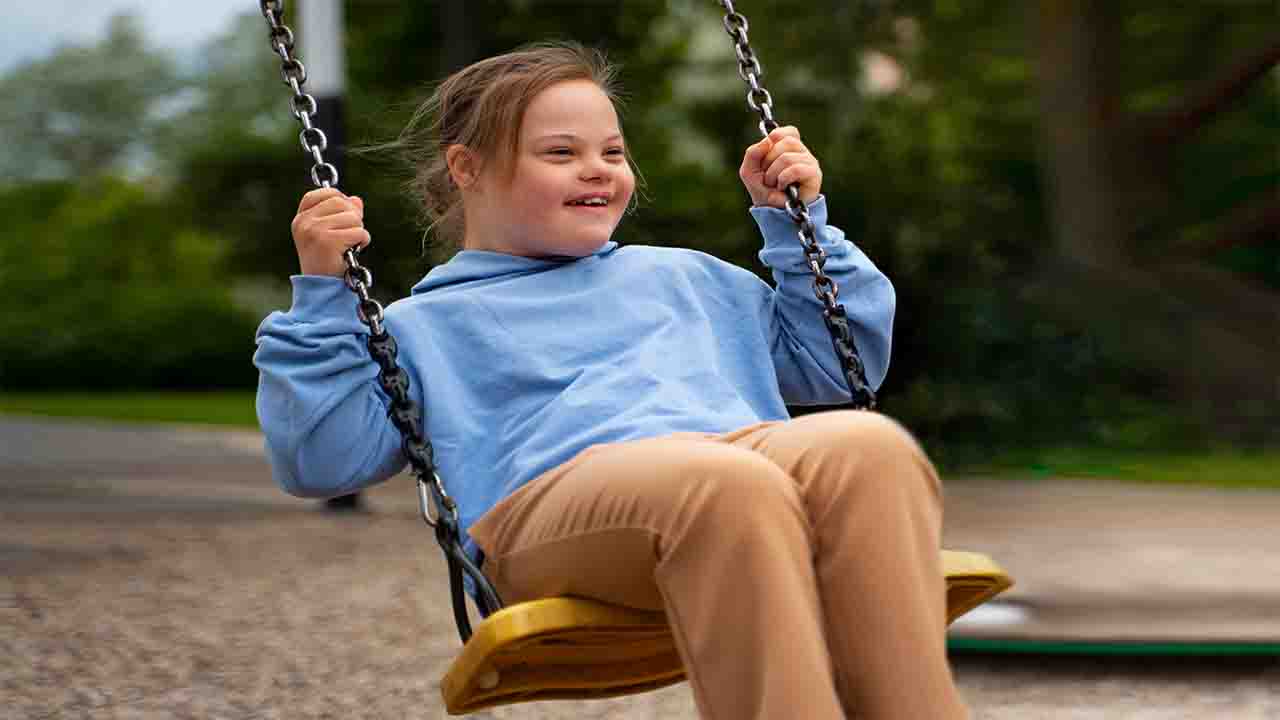Achondroplasia — the most common form of dwarfism — which marks about 250,000 individuals globally. It ascends from a transformation in a solitary gene that plays a critical part in bone development, and that results in a regular adult height of 124–132 centimeters. Parents can pass the disorder on to their offspring, but in most instances the transformation arises naturally. 8% of individuals with achondroplasia, are born to parents of regular height.
For years no treatment was available, but that altered in 2021 with the support of Voxzogo (vosoritide) for kids aged 5 and over by the US Food and Drug Administration (FDA), and for those aged 2 and older by the European Medicines Agency. The medication support children with achondroplasia to grow taller by aiming the molecular trails accountable for the disorder. Now, 4 other drug corporations have associated compounds in late-stage medical trials. Meanwhile, the maker of Voxzogo — BioMarin in San Rafael, California — is in quest of approval to broaden its treatment to younger children and toddlers in Europe and the United States
The treatment methods have been debated. Their supports hinge on the drugs’ capability to make children grow faster and taller, although a few additional centimeters might make it convenient for people with dwarfism to succeed in a world made for taller people, “height is not a medical problem”, says Andrea Schelhaas, a genetic therapist at the Skeletal Dysplasia Program at Nemours Children’s Health in Wilmington, Delaware, who associated with individuals who have achondroplasia and has the disorder herself.
Many dwarfism supporters and the families of children with achondroplasia are keen to know whether the medications improve health by directing the complications that can escort the disorder and are occasionally life threatening. These comprise sleep apnea, ear infections, pinched spinal cords and the build-up of liquid in the skull. Answering that question, could take years, or even decades.
Meantime, many individuals around the world are demanding admission to the new treatments. Disability promotes concern that parents of regular height, will make a treatment decision out of distress, without considering what it means to live with achondroplasia. A child who is 4 years old and shorter than younger siblings, could qualified to begin Voxzogo as early as October, when the FDA might permit younger children to take it, says Kara Ayers, associate director of the University of Cincinnati Center for Excellence in Developmental Disabilities in Ohio who possess a form of dwarfism known as osteogenesis imperfecta.
Parents are given a tough choice that they must decide on behalf of their offspring, and on the foundation of inadequate data.
Dwarfism is a term for short build instigated by one of more than 300 genetic conditions. Scientists discovered the genetic root of achondroplasia in 1994. In almost all cases, it is the similar variant, a solitary nucleotide replacement in the gene that encodes a protein known as fibroblast growth factor receptor 3 (FGFR3).
FGFR3 limits the development of many bones. When functioning normally, it latches to proteins known as growth factors and bends the production and diversity of chondrocytes, cells that collect near the ends of bones and generate cartilage that ultimately gets replaced by bone. The strand that causes achondroplasia retains the receptor lively most of the time. Ravi Savarirayan, a clinical geneticist and researcher at Murdoch Children’s Research Institute in Melbourne, Australia, likes to utilize the analogy of a garden hose. “It’s like a tap being kept on,” It floods the garden and hinders development, he says.
The most seeming effect of this overexcited tap is on height. But there are other attributes. Individuals with achondroplasia incline to have large heads with projecting foreheads. The disorder also causes excessively short legs and arms, as the long bones in the limbs are where the development alterations are most noticeable.








